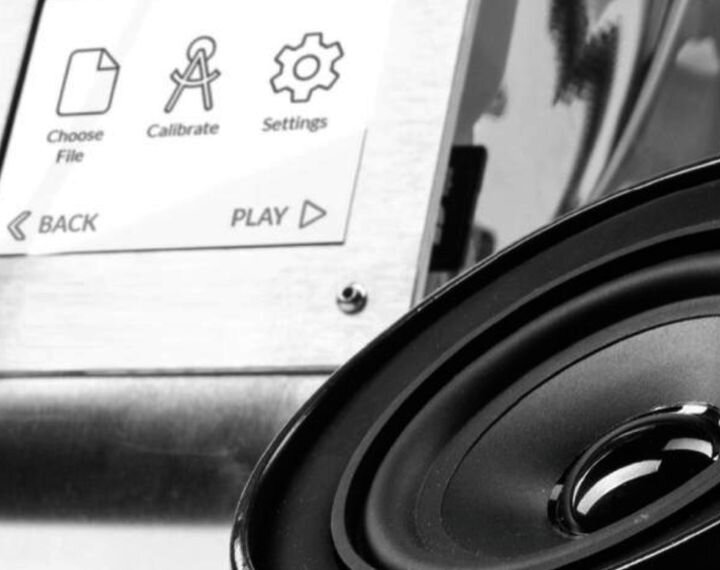![“66 DIY Projects” [Source: Amazon]](https://fabbaloo.com/wp-content/uploads/2020/05/image-asset_img_5eb08b9e43894.jpg)
This week’s selection is “66 DIY-Projects: 66 awesome projects to realize with a 3D printer For Beginners & Advanced!” by Johannes Wild.
This is a rather unusual book for 3D printing, one with an approach I haven’t seen previously. It is, like many others, simply a list of 3D printable projects. That’s good on its own, but there’s something else in this text.
The 66 projects named in the book’s title are for a variety of purposes. There are several categories of projects:
-
Useful & Practical
-
Kitchen
-
Bathroom
-
Art & Decoration
-
Toys & Games
-
Storage
-
Tools & Accessories
-
Fun & Other
You’ll find projects such as the handy shopping bag holder, which we featured as our Design of the Week some time ago, as well as other items like the Micro Catapult, Towel Hook, Air Spinner, Bottle Opener, Money Clip and a few cookie cutters. There’s no surprise with any of these projects.
In fact, you can find all of them publicly available for immediate download from repositories such as Thingiverse.
The difference with this book is that Wild spends time on each model showing you exactly how to 3D print it. Each project has sections that includes:
-
A difficulty rating
-
A 3D printing time estimate
-
An estimate of the amount of material to be used
-
A link to download the file (with QR code for quick access)
-
Links to associated items that may also be required
-
Recommendations on how orient the project for 3D printing
-
Breakdown of the project into jobs for different colors or scale
-
Recommended slicing software options for each job
![Sample page from “66 DIY Projects” showing the advice given for a particular 3D print job [Source: Amazon]](https://fabbaloo.com/wp-content/uploads/2020/05/image-asset_img_5eb08b9e85ddb.jpg)
For experienced 3D printer operators, this information would not be particularly useful, as they would already know such things. However, for novice 3D printer operators this could be golden information.
By following the specific directions in each project, one could relatively quickly “learn the ropes” of 3D printing operation. In particular, 3D model orientation is often a significant problem for newcomers, as they don’t yet understand why 3D models should be oriented in certain ways and where they should be placed on the build platform.
This book tells you all that stuff and more, for each of 66 different projects. It’s like having an expert looking over your shoulder giving you pointers on what to do.
The next time you’re looking at a random 3D model from Thingiverse and wondering how to approach 3D printing it, you might want to have a book like this handy.
Via Amazon

